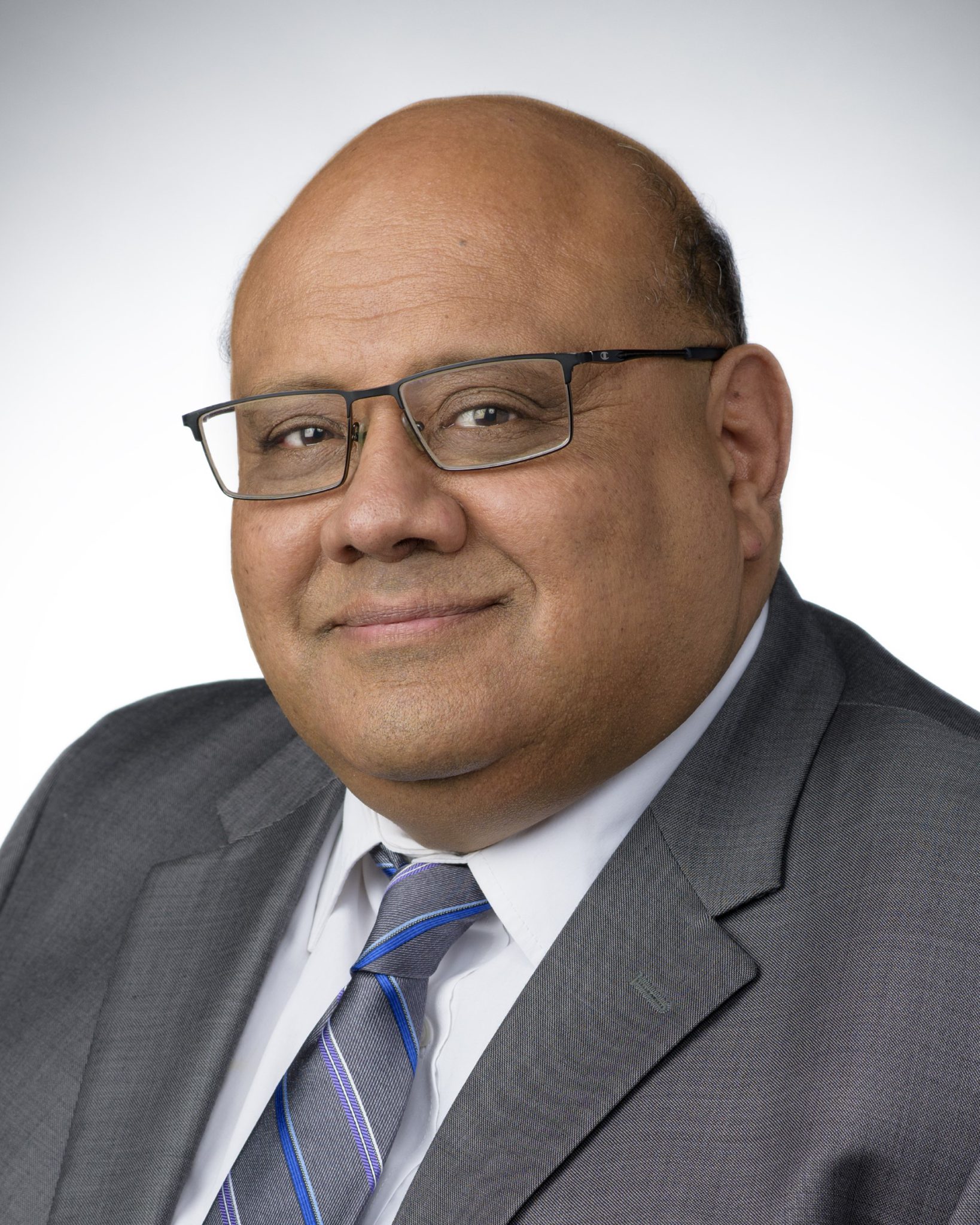For years, Darrell Klink has walked five miles each day as long as the weather permits — so it was unusual when he started experiencing random periods of being unable to take deep breaths during his walks. When his shortness of breath escalated, he visited a local urgent care and then his primary care doctor, where he was diagnosed with pneumonia and prescribed an antibiotic and a short-term steroid. After finishing two rounds of antibiotics and two rounds of steroids, he woke up one night and experienced severe shortness of breath and an elevated heart rate. His doctor advised that he go to the emergency department.

Dr. Ehab Morcos
When he arrived at UPMC Somerset’s ED, everyone sprang into action to get him the care he needed. A CT scan revealed massive blood clots in his lungs. He was immediately transferred to the ICU to begin blood thinners. Soon after, Ehab Morcos, MD, medical director, Cardiology, UPMC Somerset, arrived at the hospital to discuss treatment options. “I was given the choice to continue to treat the clots with medication, or have them mechanically removed,” Darrell said. “I decided to have them removed.”
Mechanical retrieval of pulmonary emboli, or blood clots, involves inserting a catheter type device into an artery in the groin. The catheter is then guided into the pulmonary artery, where a metal mesh attached to the catheter expands and captures the clots. The device also has a vacuum feature that can be used in addition to the metal mesh.
“UPMC Somerset has been offering endovascular thrombectomy since 2021,” Dr. Morcos said. “Limiting blood loss is a major benefit of this procedure. We are fortunate to be able to offer this advanced technology to patients across our region.”

Darrell Klink
An echocardiogram showed the right portion of Darrell’s heart was strained because of the blood clots in his lungs. Within 24 hours of his procedure, his heart function was almost back to normal.
Additionally, while they were prepping Darrell for his procedure, they found blood clots in his iliac crest. Once again, he was offered the option of treatment with medication or having them removed. Darrell decided to have a second procedure to clear them all out.
Darrell was discharged from the ICU three days after arriving to the ED.
“Everything was very impressive with my care,” Darrell said. “Not a single person walked out of my room without asking if I needed something. We are very lucky to have this team of doctors and nurses here. They saved my life.”









